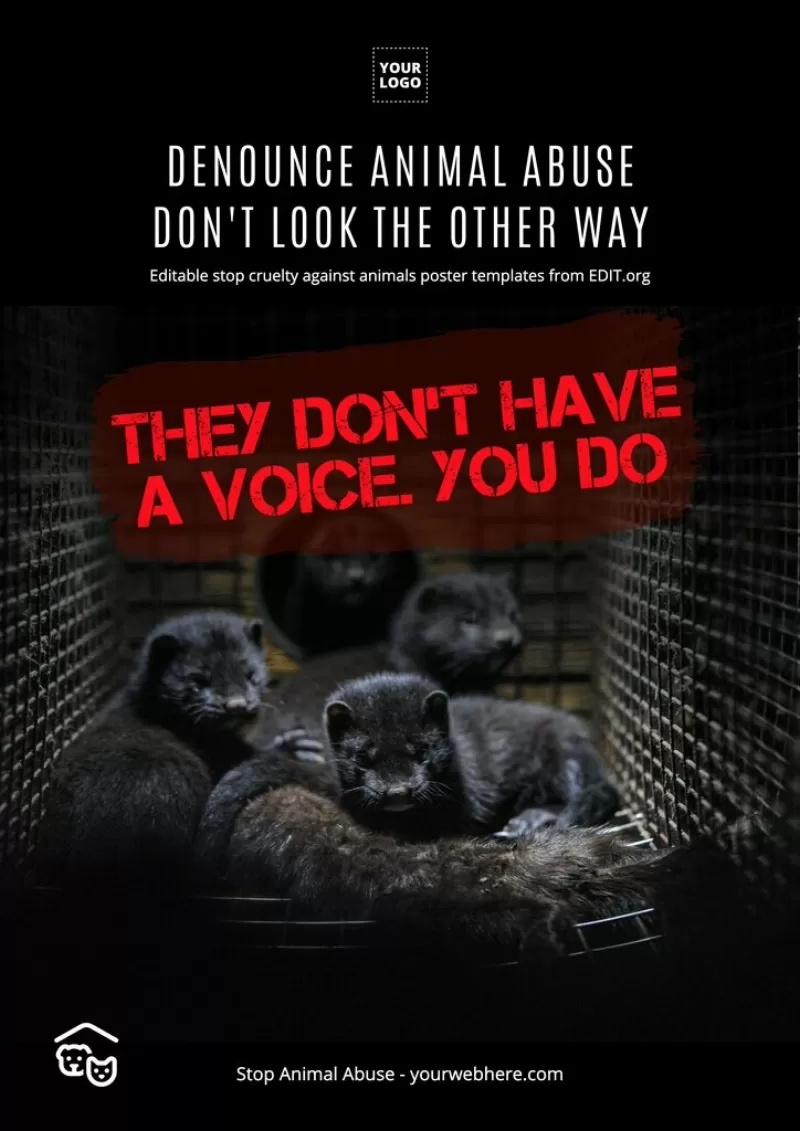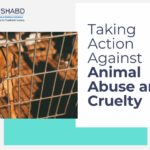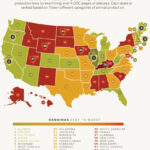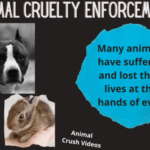In an age where information flows ceaselessly, one issue persists in niggling the human conscience: animal cruelty. This pervasive plight evokes a profound emotional response, often manifesting as empathic distress. For many, the images and narratives surrounding animal suffering linger long after they are first encountered, creating a cycle of concern that seems inescapable. This article seeks to illuminate the nuances of empathic distress related to animal cruelty, offering insights into why these feelings occur and how they can inspire proactive change.
The phenomenon of empathic distress occurs when individuals experience strong emotional reactions to the suffering of others—human or animal. It is a visceral response, often characterized by feelings of sadness, anger, guilt, and helplessness. This complex emotional cocktail arises not just from witnessing cruelty but also from the recognition that the victims, often sentient beings, are deserving of compassion and equitable treatment. In a world where many individuals strive for justice and fairness, the realization of widespread animal suffering strikes a profound chord.
Understanding empathic distress begins with an exploration of the ethical framework that underpins our interactions with animals. Philosophers such as Peter Singer have long argued that the capacity for suffering ought to dictate moral consideration. If we acknowledge that animals possess the ability to experience pain and pleasure, then the moral imperative to oppose cruelty becomes paramount. Awareness of this ethical responsibility can intensify empathic distress, transforming a fleeting thought into a persistent preoccupation.
Yet, empathic distress can also be deeply disruptive. The perpetual cycle of media showcasing animal abuse can lead to feelings of despondency, often stifling one’s ability to act. When faced with the enormity of animal suffering in the world—from factory farming practices to wildlife exploitation—individuals may become paralyzed by the sheer scale of the problem. They might grapple with questions such as: “What can I, a single person, do in the face of such overwhelming cruelty?” This feeling of impotence can culminate in apathy, as many choose to disengage from the emotional turmoil altogether.
However, there is a crucial aspect to consider: this distress does not have to be debilitating. Understanding its roots can lead to a transformative perspective. The emotional weight we feel can serve as a catalyst for action rather than an impediment. Channeling empathic distress into advocacy, volunteering, or education can create a meaningful outlet for these emotions. Each person’s response to animal cruelty can, and should, evolve from despair into decisive action.
Engagement with the issue of animal cruelty presents itself in myriad forms. Activists might choose to promote awareness through social media campaigns, volunteer at local shelters, or lobby for legislative change. Each of these avenues allows individuals to convert empathic distress into tangible efforts aimed at alleviating suffering. For instance, spreading awareness about cruel practices in industries such as cosmetics and fashion can lead to consumer boycotts, thereby compelling companies to rethink their policies. Advocacy for animal welfare can spark broader movements that push for systemic changes in laws and regulations.
Moreover, fostering empathy towards animals extends beyond immediate responses to cruelty. It compels us to reconsider our role in perpetuating systems that inflict suffering upon them. This can provoke introspection regarding dietary choices, the use of animal products, and the ethical implications of entertainment that commodifies animals’ lives. By confronting these realities, one becomes more aware of the interconnectedness of all living beings. Understanding the relationship between individual actions and collective outcomes can offer a renewed sense of agency.
Additionally, engaging with empathic distress enables a deeper exploration of the bond that humans share with animals. Numerous studies reveal that fostering empathy towards animals enhances overall emotional intelligence. Greater emotional awareness not only benefits relationships with animals but also enriches interpersonal connections with fellow humans. Thus, by cultivating a practice of compassion towards animals, we inadvertently nurture human empathy and solidarity as well.
On a broader scale, the ongoing dialogue surrounding animal cruelty has incited various movements and initiatives globally. From the rise of plant-based diets to the implementation of stronger animal welfare laws, societal recognition of the issue is gradually intensifying. This evolving landscape reveals the potential for substantial change stemming from collective empathy. It affirms the belief that a society which prioritizes the well-being of its most vulnerable inhabitants is poised for progress—both ethically and morally.
In conclusion, while the febrile minds may obsess over the atrocity of animal cruelty, there lies an intrinsic opportunity for growth amidst the anguish. Embracing empathic distress can foster compassion-driven action, transform despair into purpose, and redefine our relationship with animals and the environment. As individuals confront and process these feelings, they might unveil a more profound understanding of their capacity to effect change. The promises of such a perspective shift are not merely about alleviating personal distress; they encompass the astounding potential to revolutionize societal norms and inspire a more humane world.








